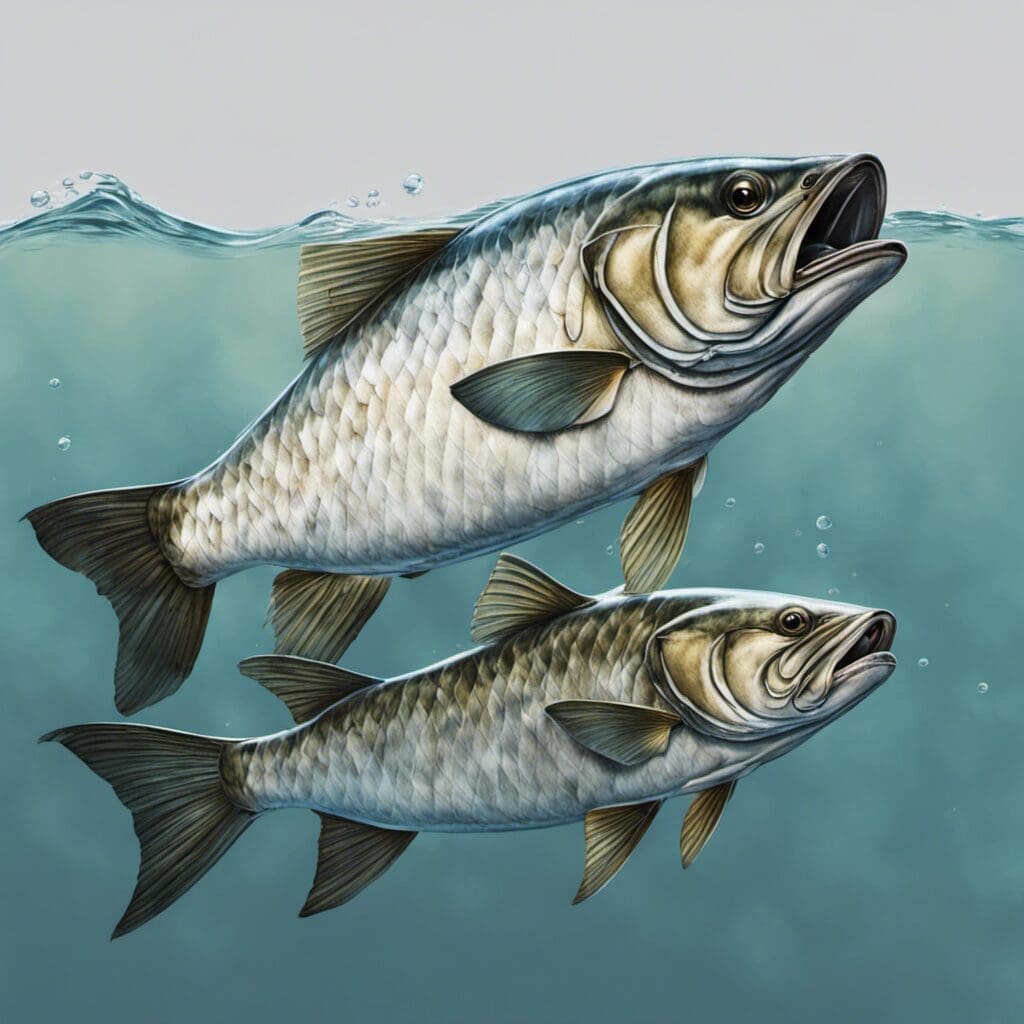Introduction: Tarpon (Megalops atlanticus)
The Tarpon, scientifically known as Megalops atlanticus, belongs to the family of Elopidae. This impressive fish species is known for its silver scales, large size, and impressive leaping ability while fighting against the angler’s line.
Conservation Status
Tarpon is listed as “Vulnerable” on the International Union for Conservation of Nature (IUCN) Red List. Conservation efforts for this species includes several regulations limiting the harvest and possession of Tarpon. Catch and release practices are encouraged among anglers to ensure the sustainability of the species.
Statistics
| Aspect | Average | Range |
|---|---|---|
| Length | 4-8 feet | 2.5-10 feet |
| Weight | 60-280 lbs | 26-355 lbs |
| Average Lifespan | 50 years | N/A |
Distribution
Tarpon are widespread across the Atlantic coastal waters and estuaries from Virginia to Central Brazil, including the Gulf of Mexico and the Caribbean Sea. They migrate towards the warm tropical and subtropical regions during winter.
Habitats
Tarpon inhabit both fresh and salt water, usually staying within a depth range of 0-98 feet. They prefer water temperatures between 74-88 degrees Fahrenheit.
When and Where to See
Tarpon migration starts in late spring to early summer, typically peaking in May and June. These elusive species are most active at dawn and dusk.
Best Fishing Locations
Some of the top Tarpon fishing locations are:
- Boca Grande, Florida, USA
- Key West, Florida, USA
- Tampa Bay, Florida, USA
- Islamorada, Florida, USA
- Montserrat, Caribbean
- San Juan, Puerto Rico
- Panama City, Panama
- Belize City, Belize
- Cabo Rojo, Puerto Rico
- Bimini, Bahamas
How to Catch
Live crabs and shrimp are the best baits for Tarpon. Fly fishing is also effective. The peak fishing time is generally at sunrise and sunset.
Identification Guide
Tarpon are characterized by their shiny, silvery scales, elongated bodies, and a large mouth that points upwards. They are often mistaken for their cousin, the ladyfish, which is smaller in size.
Culinary
While Tarpon is not considered a prime fish for eating due to its bony and oily meat, it can be prepared grilled or smoked. It has a unique flavor profile that’s moderately fat and very strong.
Additional Information
Tarpon are known for their spectacular jumps when hooked, often shaking the hook in the process. Natural predators include sharks and larger fish. The biggest threat to Tarpons are recreational anglers and habitat loss due to coastal development.
References and Further Reading
Florida Museum
International Game Fish Association
Sport Fishing Magazine: Best Tarpon Spots

